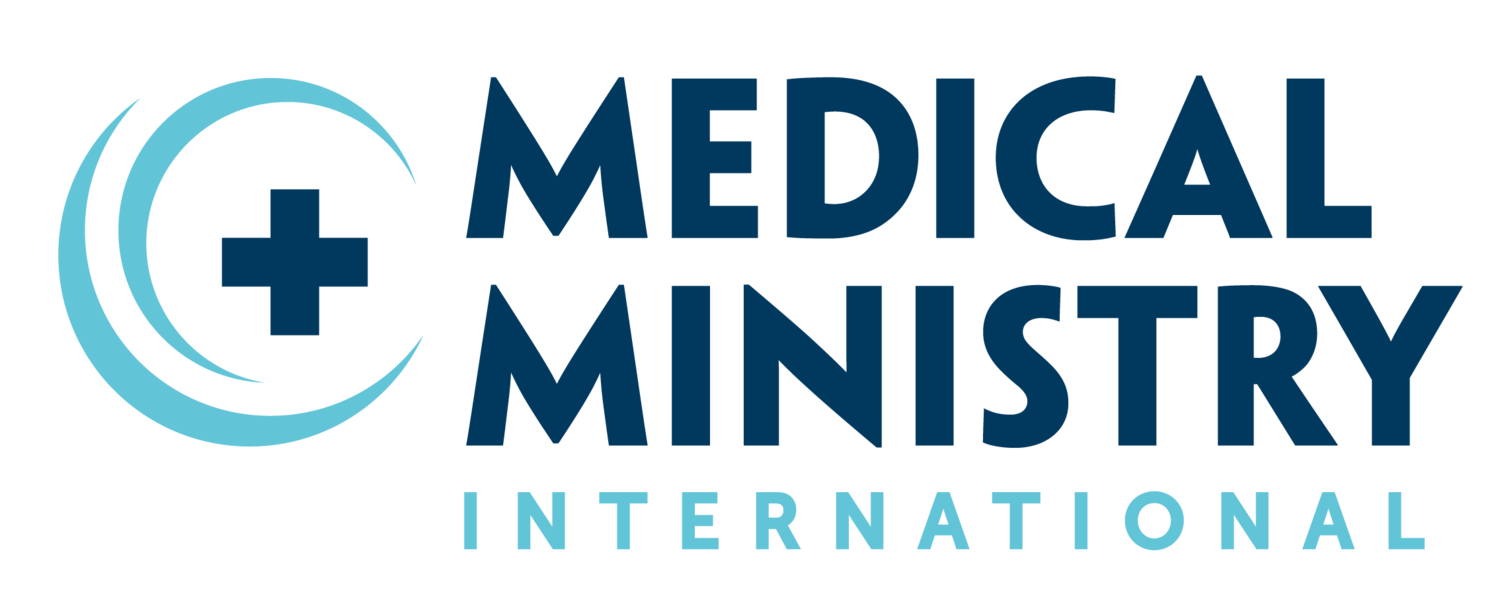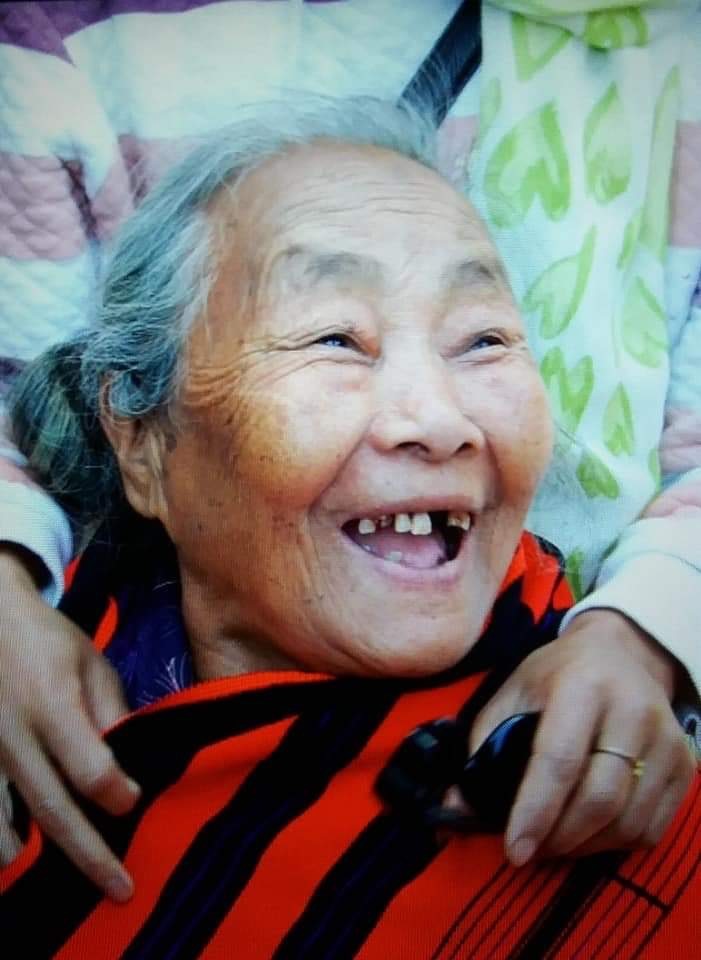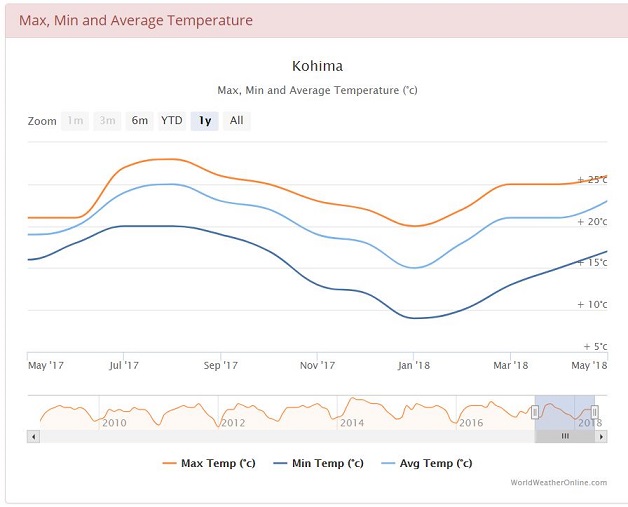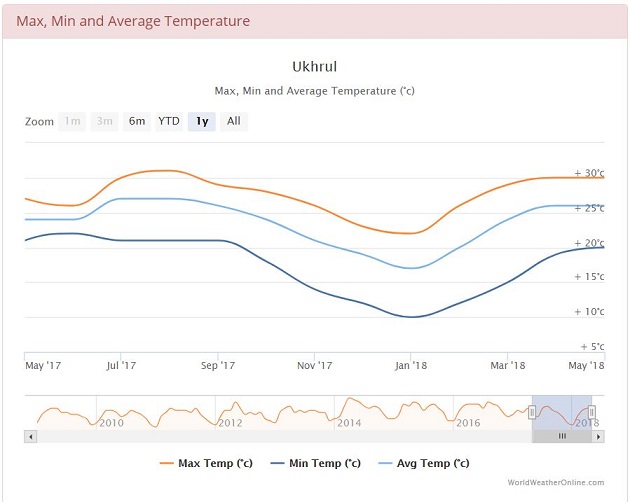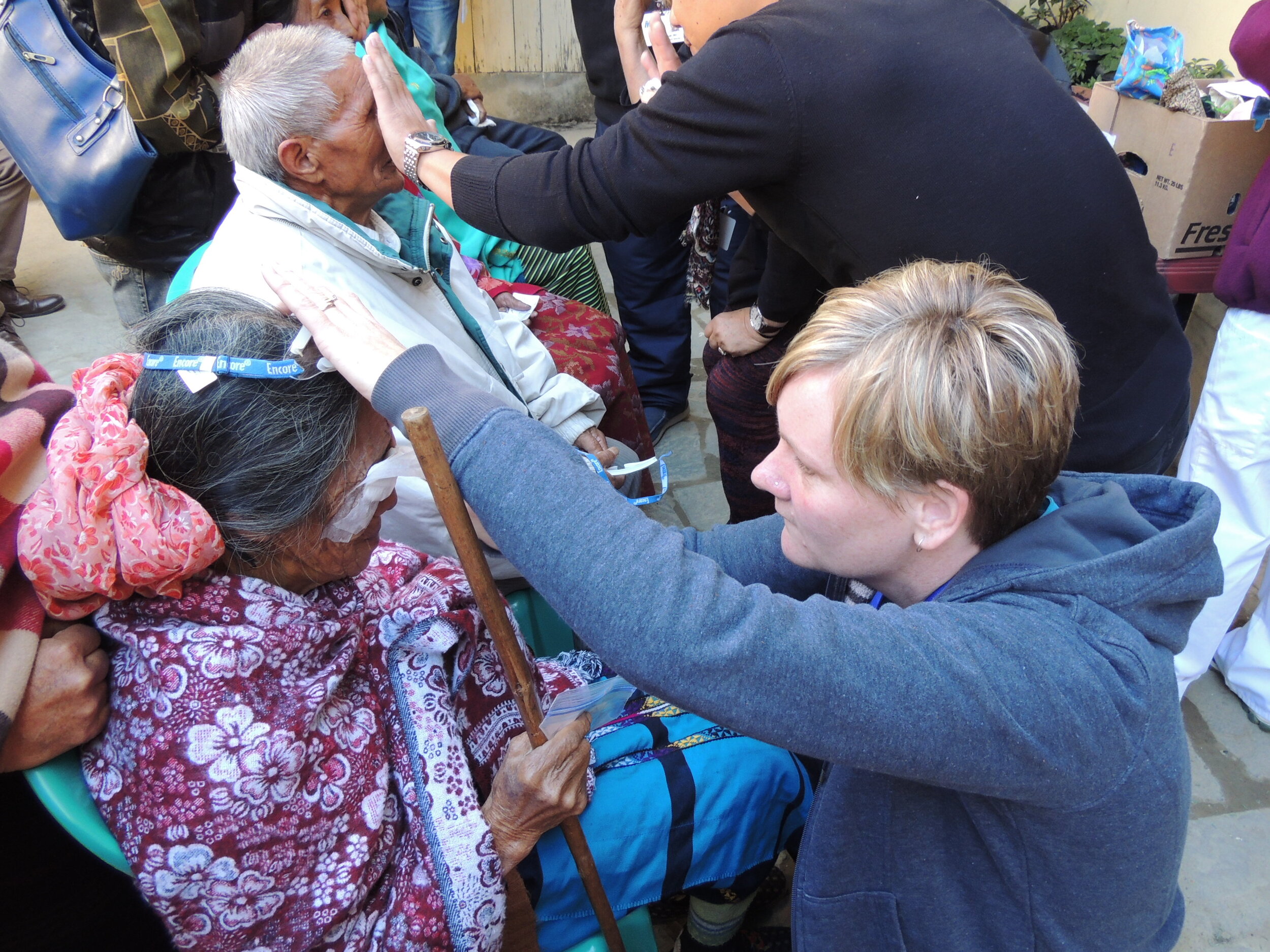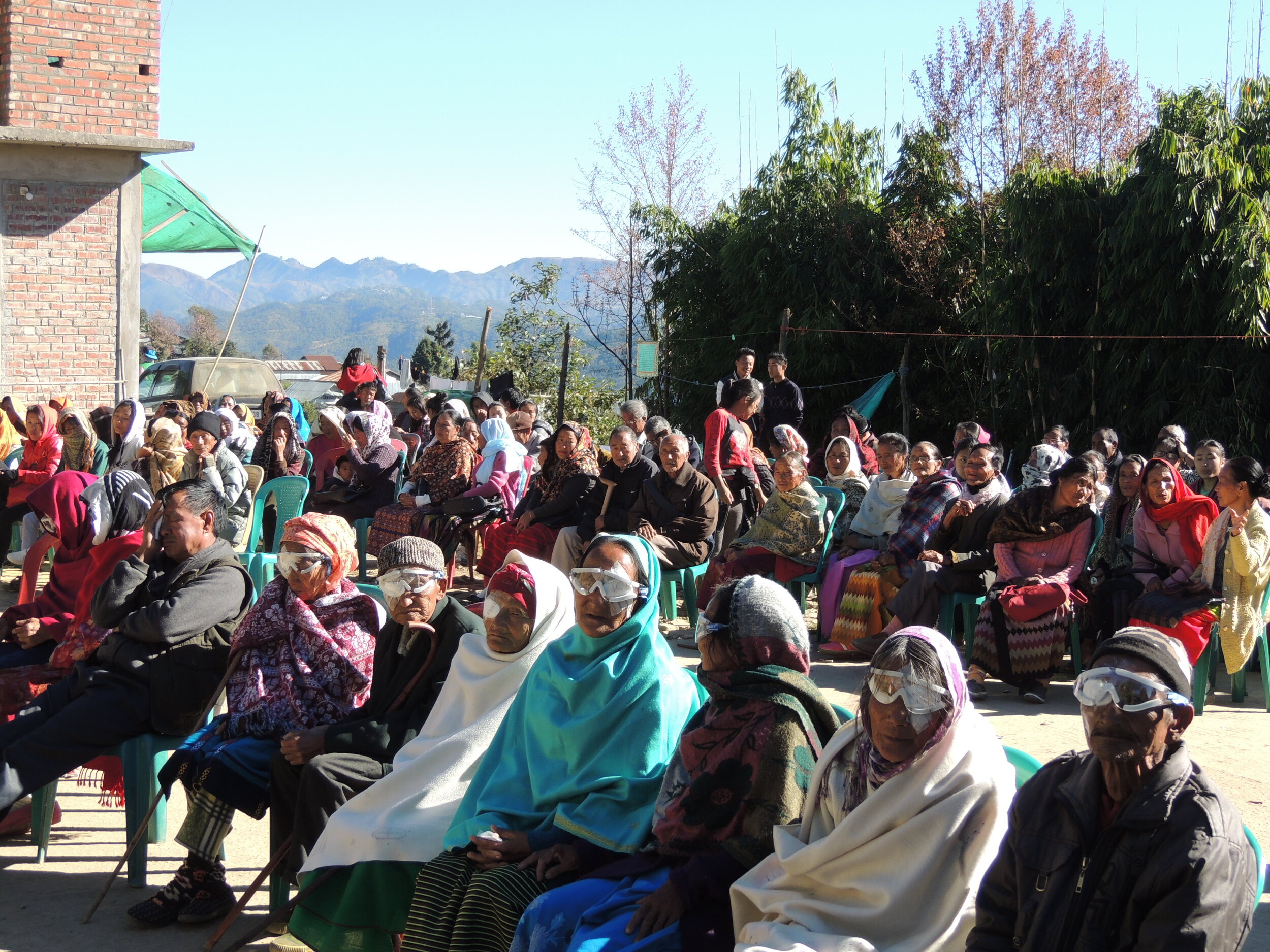Medical Ministry International in India
Drs. Sharon and Chingkup Konyak
Dr. Sharon Konyak and Dr. Chingkup Konyak both completed the Ophthalmology Residency Training program at the Elias Santana Hospital in Dominican Republic. Following their graduation, they returned to their home country, India, to serve their people. Both Sharon and Chingkup work at the Mercy Eye Center in Tuensang, Nagaland, and are Project Directors for the Medical Ministry International teams that volunteer on projects there.
Patient Story: Sight Restored in Longphang
An elderly patient had come to the hospital escorted by her granddaughter, having been blind for a couple of years. She had her surgery, and the next day, when taking her patch off, she could immediately recognize the nurse taking off the patch. She started laughing and talking all at the same time. Her granddaughter was standing behind her and I was watching her. The patient turned her head to look up at her granddaughter and recognized her for the first time in a very long time, and she laughed even louder. I watched as the tears started rolling down the granddaughter’s face with pure joy. This patient could not stop laughing and talking all day, and her granddaughter would not leave her side. It was such a heartfelt simple moment to see just joy from both the patient and the granddaughter, such a sense of relief and joy for them both. It reminded me of how much we miss when we don’t appreciate the simple things, like how precious sight is, and how precious family is.
Project Sites:
Travelling on a Project
About India
COUNTRY BACKGROUND
Home to some of the world's most ancient surviving civilizations, the Indian subcontinent - from the mountainous Afghan frontier to the jungles of Burma - is both vast and diverse in terms of its people, language and cultural traditions. Apart from its many religions and sects, India is home to innumerable castes and tribes, as well as to more than a dozen major and hundreds of minor linguistic groups from several language families unrelated to one another. Religious groups, including Muslims, Christians, Sikhs, Buddhists, and Jains, still account for a significant proportion of the population. With roughly one-sixth of the world’s total population, India is the second most-populous country, after China. Though the country’s population remains largely rural, India has three of the most populous and cosmopolitan cities in the world - Mumbai, Kolkata, and the nation's capital, Delhi.
LOCATION:
India is positioned on the Indian subcontinent in south-central Asia, and is located in both the eastern and northern hemispheres. It borders the Arabian Sea and the Bay of Bengal.
GEOGRAPHIC COORDINATES:
20.5937° N, 78.9629° E
MAP REFERENCES:
South-central Asia
COASTLINE:
7,517 km
MARITIME CLAIMS:
12 nautical miles
BORDER COUNTRIES:
China, Bangladesh, Burma, Nepal, Bhutan, and Pakistan.
CLIMATE AND TERRAIN:
India is home to an extraordinary variety of climatic regions, ranging from tropical in the south to temperate and alpine in the Himalayan north, where elevated regions receive sustained winter snowfall. The nation's climate is strongly influenced by the Himalayas and the Thar Desert.
TOTAL AREA:
3.287 million km²
ELEVATION EXTREMES
LOWEST POINT:
Indian Ocean - 0 m
HIGHEST POINT:
Kangchenjunga Mountain - 8,586 m (3rd highest point in the world)
